Researchers from Aberdeen University say improvements to school clothing grants are needed as the rising cost of uniforms could be putting young people’s right to education at risk.
The study found only seven local authorities make automatic awards of clothing grants, despite the Scottish Government calling for automatic payment.
Researchers found Angus, Dundee City, East Renfrewshire, Glasgow City, Midlothian, North Ayrshire and North Lanarkshire mention automatic payments on their sites.
Furthermore, just five local authorities are paying more than the £150 national minimum for secondary school pupils in the 2022 to 2023 school year, with 10 paying more than £120 for primary pupils.
Highland Council is one of the 10 local authorities paying more than the minimum for primary pupils, awarding families £140 for the year.
Meanwhile, it’s believed UK families spend around £337 a year on uniforms for each secondary school child.

The data was analysed by Rachel Shanks, a senior lecturer at Aberdeen University’s school of education.
Based on her findings, the lecturer laid out a series of recommendations which she will present at the Scottish Parliament on Thursday during the current national consultation on school uniform policy.
She said: “The Education (Scotland) Act specifies that education authorities must ensure that no child attending a school under their management is unable to take advantage of the education provided because of the inadequacy or unsuitability of their clothing.
“Publicly funded secondary schools in Scotland expect households to provide many items of clothing which will cost more than the £150 of the national minimum clothing grant for secondary school pupils.
“With the current cost of living crisis and increasing financial pressures on families with children, the school clothing grant is an important mechanism to ensure children’s right to education.”
‘Different solutions’
The researcher recommends local authorities make automatic payments of school clothing grants to households that already claim other benefits, including housing or council tax reduction.
The clothing grants should also roll over from one year to the next where there is no change of circumstance.
Ms Shanks also suggests councils should consider giving a higher amount for the first year of secondary school when parents or guardians are likely to have more items to buy.
In the meantime, schools should make sure any uniform requirements are both accessible, affordable and within the limits of the clothing grant.
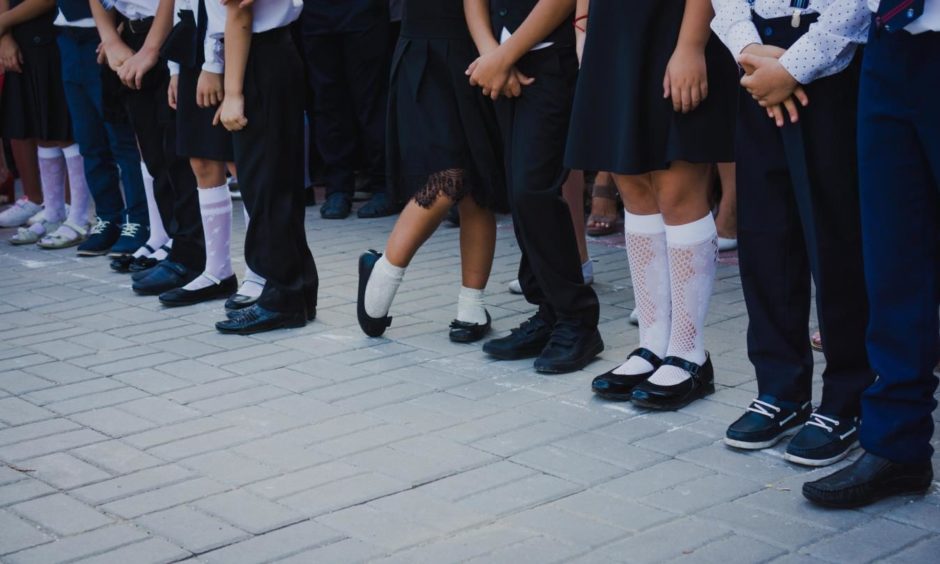
She added: “There are different solutions on how to alleviate the costs of school uniform to make them affordable.
“Many schools have already reduced uniform costs by taking steps such as removing the requirement for logos, reducing the number of mandated items, operating a blazer deposit scheme and ending exclusive supplier arrangements, as part of wider efforts to reduce the cost of the school day for families.
“There are further options, however, such as encouraging schools to consider setting up mechanisms to donate or share second-hand clothing and working with one of the 30 dedicated school clothing banks that exist across Scotland or relevant social enterprises.”
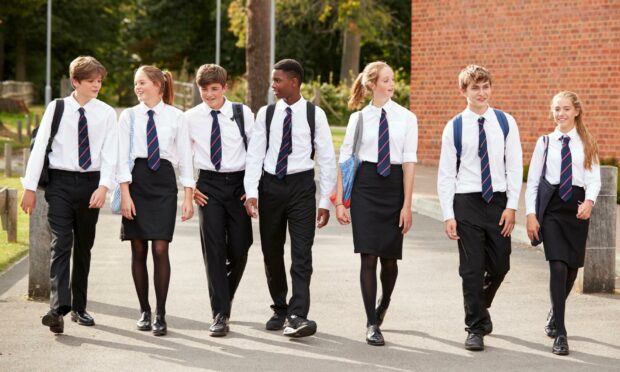
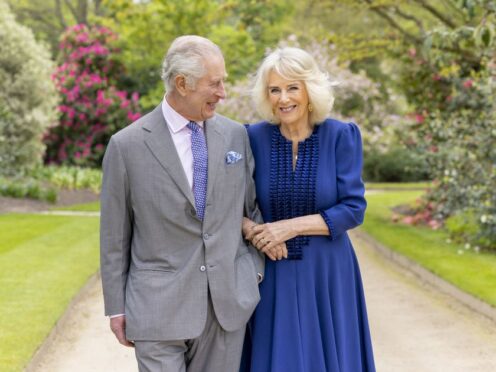
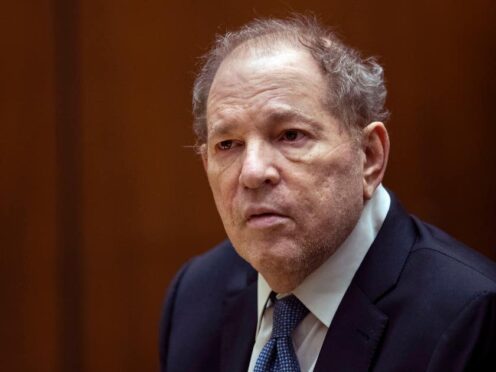
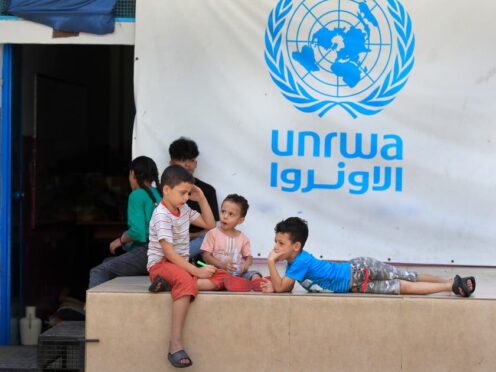



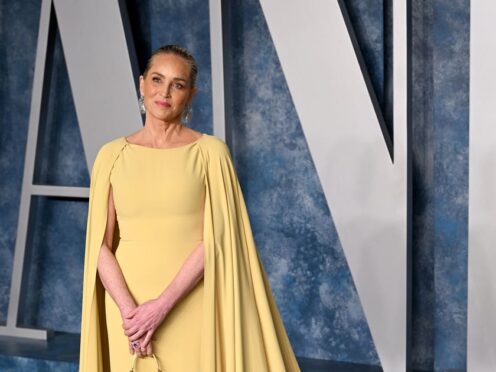

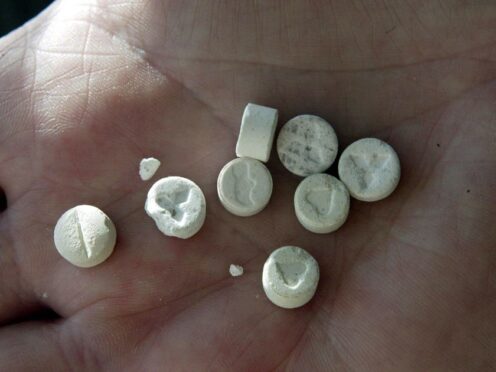
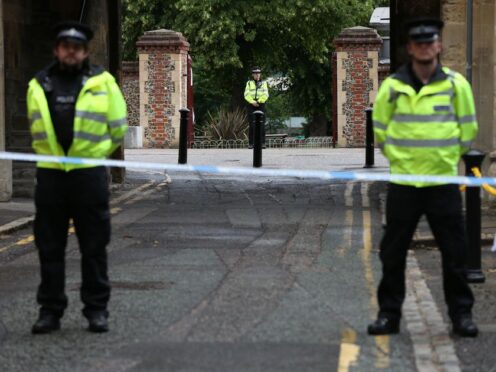
Conversation